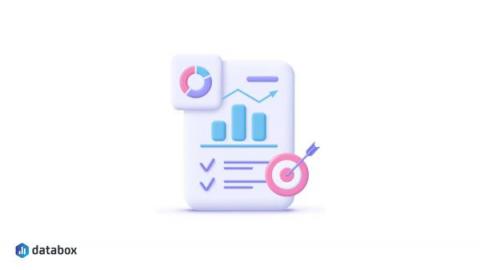Why Python 2.7 Will Never Die
Python is a programming language originally developed in the late 1980s. Since then, it has seen continuous growth and remains one of the most popular programming languages, especially in data science. Many programmers learn Python as their first language, and it has a wide range of uses. Its second iteration, Python 2.0, landed in 2000, after extensive development throughout the 90s.











